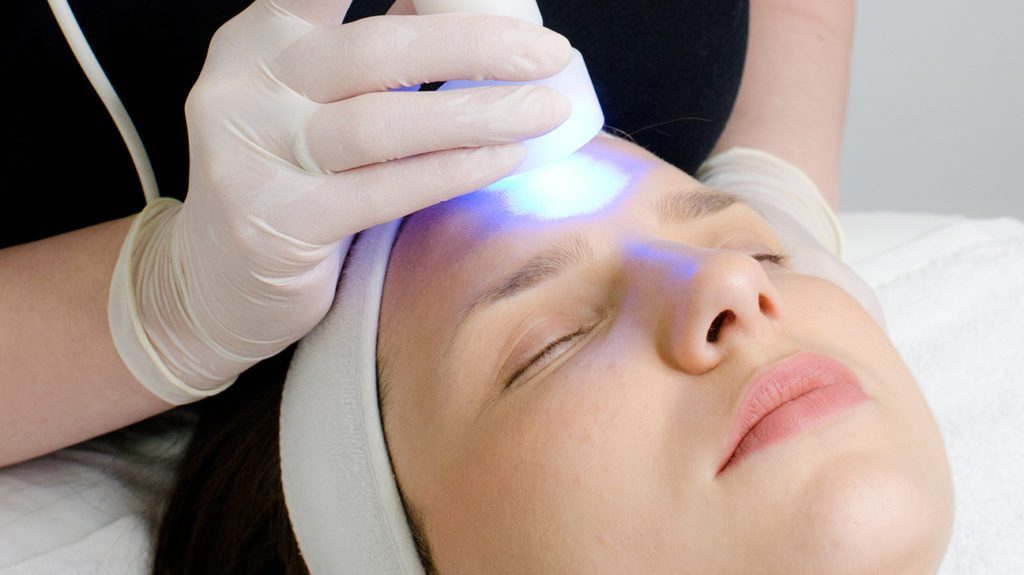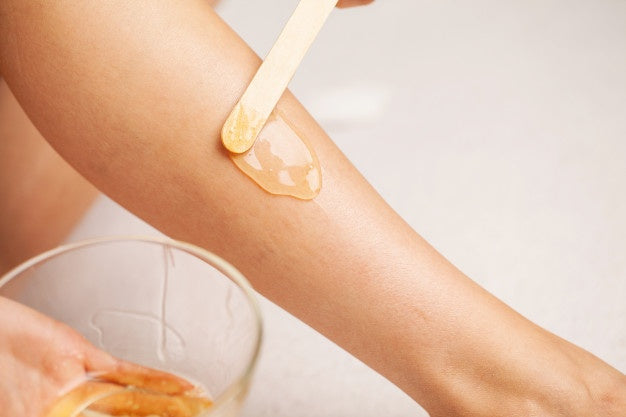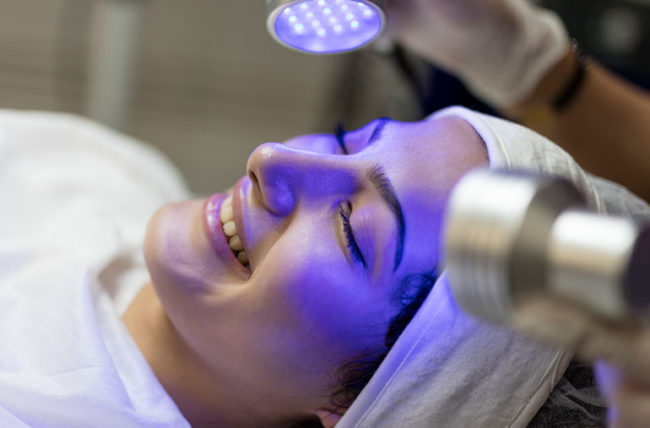Medically Reviewed by Dr. Lisa Hartford, MD
The skin is the largest organ of the human body. Together with its derivatives, it is part of the integumentary system.
The skin’s primary role is to protect the body against bacteria, chemicals, temperature, and other environmental factors. However, the skin, particularly the facial area, is often one of the most neglected organs in the human body.
Facial skincare is often shrugged off by a lot of individuals, thinking it is a luxury. However, proper skincare does not have to be expensive.
Keeping Skin Healthy
According to a blog post from Penn State University, drinking the proper amount of water is an effective skincare routine that is simple and can work on all skin types. Water keeps the body hydrated, and it also aids in eliminating the toxins in the body by flushing them out through urination.
Another method suggested by the same post is to start a face washing routine. This involves using the proper facial wash, toner, and moisturizer suitable for the person’s skin type. However, this method is not foolproof since most people are on the go and may forget to do this routine.
Therefore, research on LED phototherapy as an alternative was conducted by several institutions. In a study conducted by Xiong, Qu, Cambier, and Mu, the researchers stipulate that different skin colors react differently to light exposure.
LED Phototherapy as A Skincare Routine
Melanin, when synthesized by light, becomes melanosome. The melanosomes in dark-skinned individuals are larger and more pigmented than light-skinned individuals. This means that dark-skinned individuals may need more intensive phototherapy for light to penetrate through.
Similarly, an article published by Harvard Health Publishing provides that the different colors of LED lights correspond to different wavelengths on the visible light spectrum and penetrated different skin depths. Thus, it is believed that LED lights have other biological effects.
-
Red LED Lights
Experts theorize that red LED light acts on fibroblasts, cells in the skin responsible for collagen production. It is then reasonable to assume that the red LED light can reverse aging on the skin and revive hair of those suffering from androgenetic alopecia (male-and female-pattern baldness).
-
Blue LED Lights
At the other end of the visible light spectrum is the blue LED light. For several years, the blue LED light has been used to treat acne.
This is through reducing the activity in the sebaceous glands, thereby producing less oil that can clog the hair follicles. It is also theorized that the blue LED light may kill acne-causing bacteria, together with red LED light.
Final Thoughts
Despite the recent scientific breakthroughs, several scientists still postulate that more research needs to be done on the effect of LED phototherapy on the skin.
Regardless, the Food and Drug Administration has approved the use of LED phototherapy. In addition, the agency has deemed LED phototherapy safe for use by the public.
Among these devices are handsets from EvenSkyn, which help clients achieve their beauty and skincare goals with easy-to-use at-home devices that can prevent or reverse the skin’s aging process and also provides skin tightening as well, remove acne-causing bacteria, and remove unwanted hair.
References
Skin layers, retrieved from Medline Plus website.
Skin Care, retrieved from Penn State website.
Xiong, Qu, Cambier, Mu. (2011). The side effects of phototherapy for neonatal jaundice: What do we know? What should we do? DOI: 10.1007/s00431-011-1454-1
LED lights: Are they a cure for your skin woes? Retrieved from Harvard Health Publishing website.









Leave a comment
All comments are moderated before being published.
This site is protected by hCaptcha and the hCaptcha Privacy Policy and Terms of Service apply.